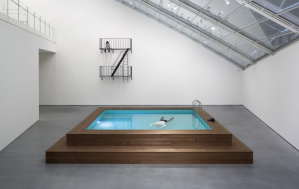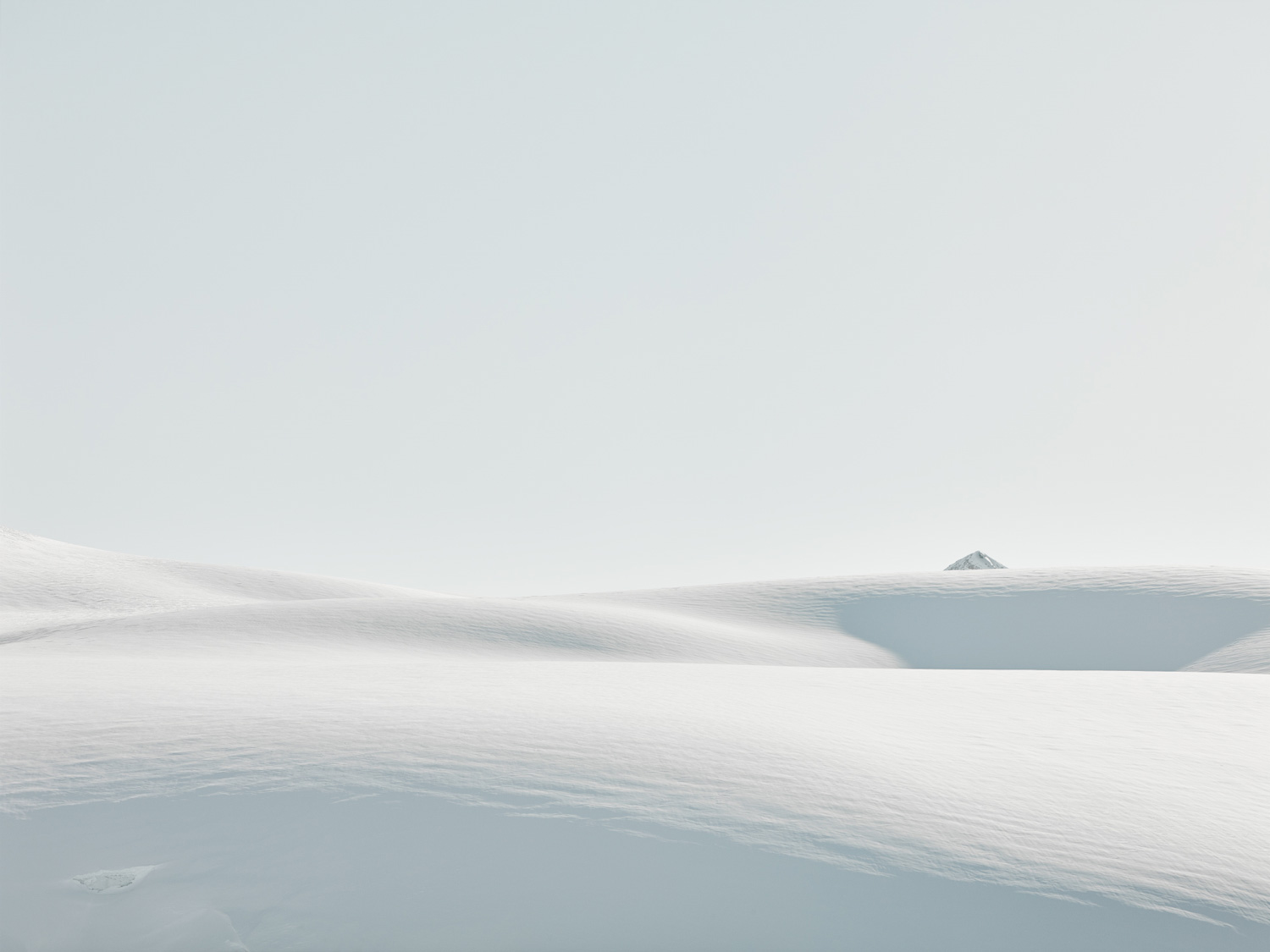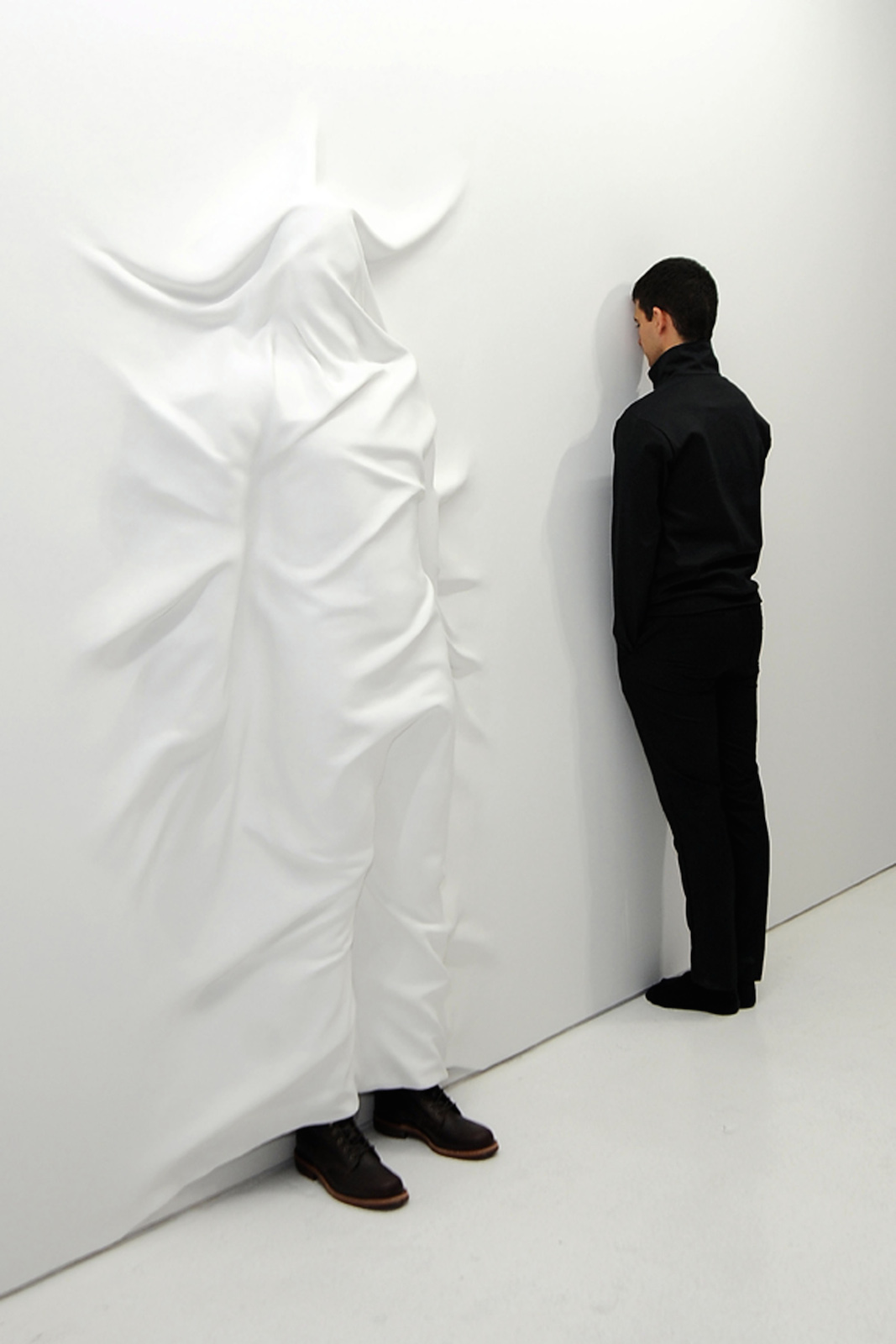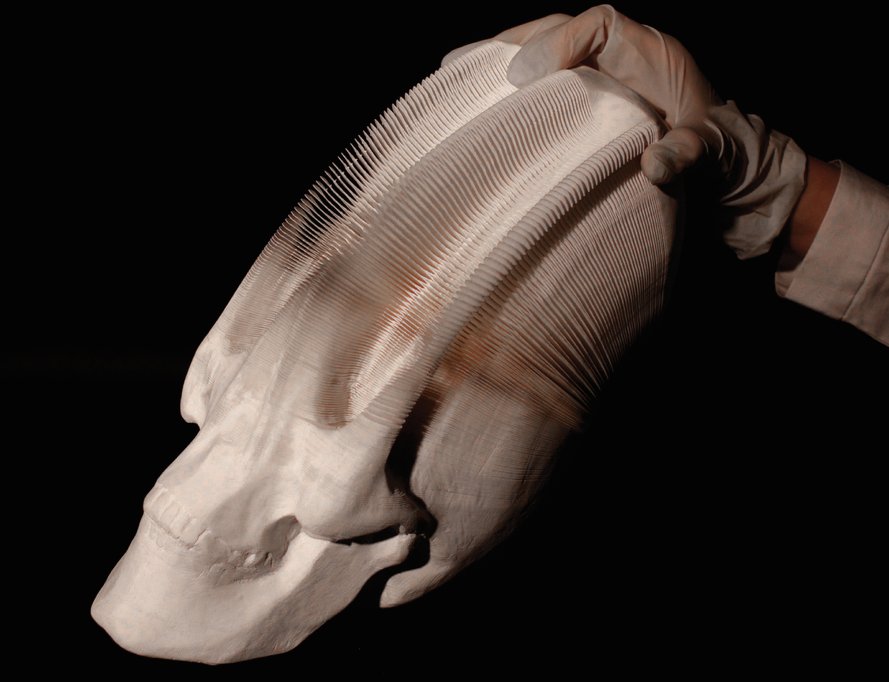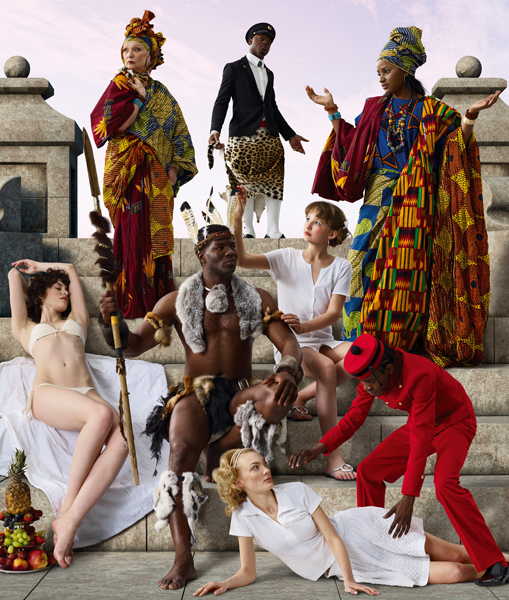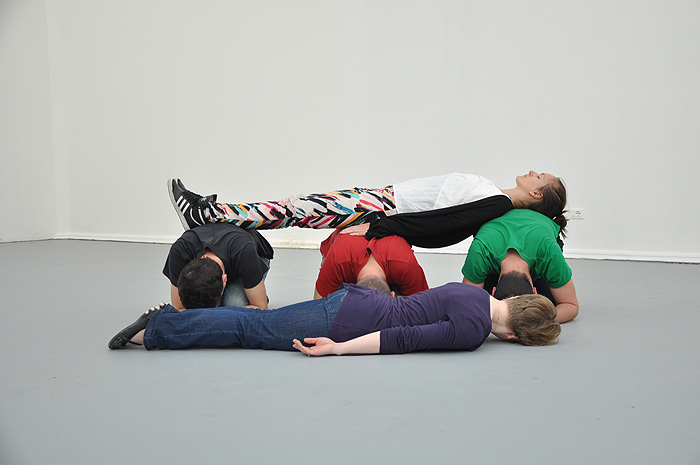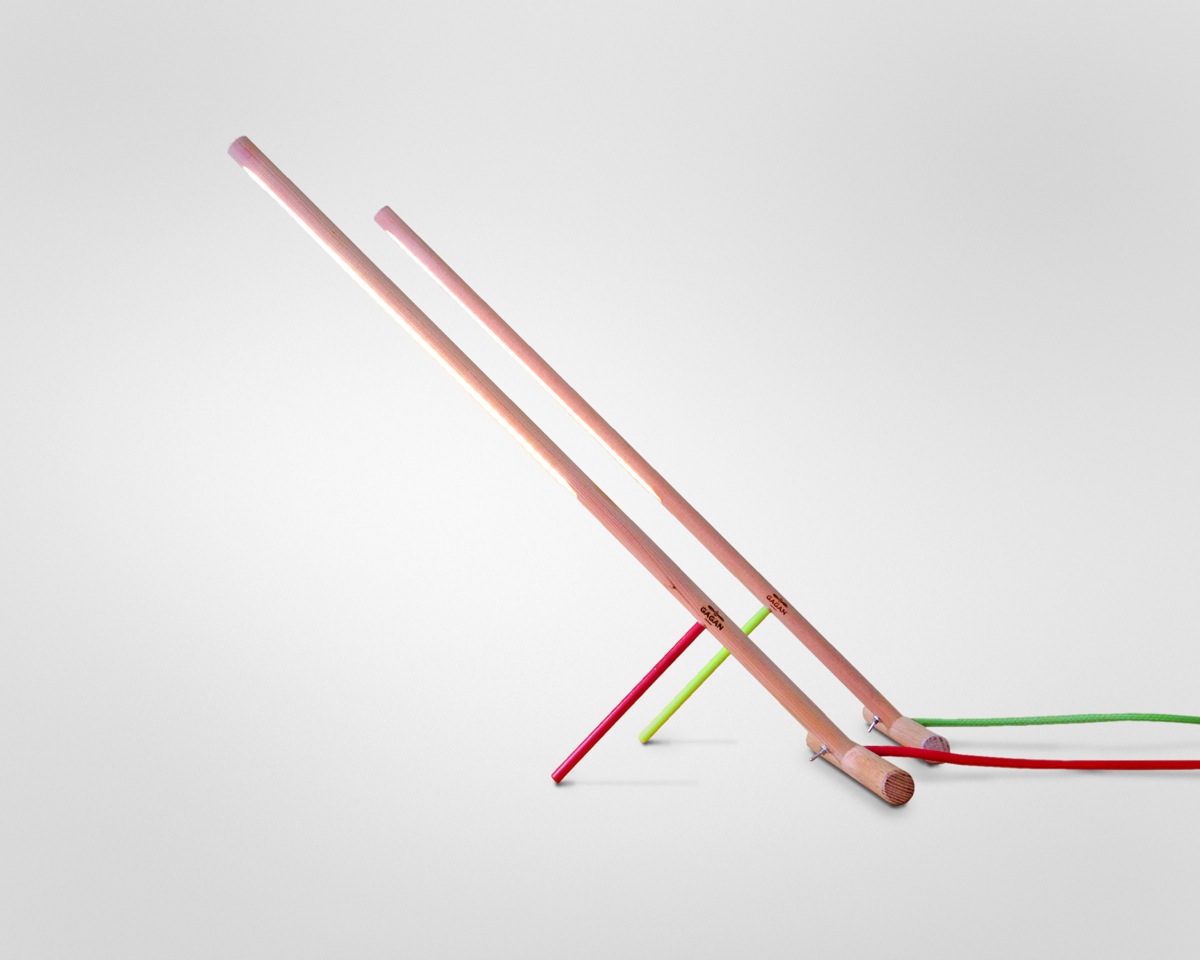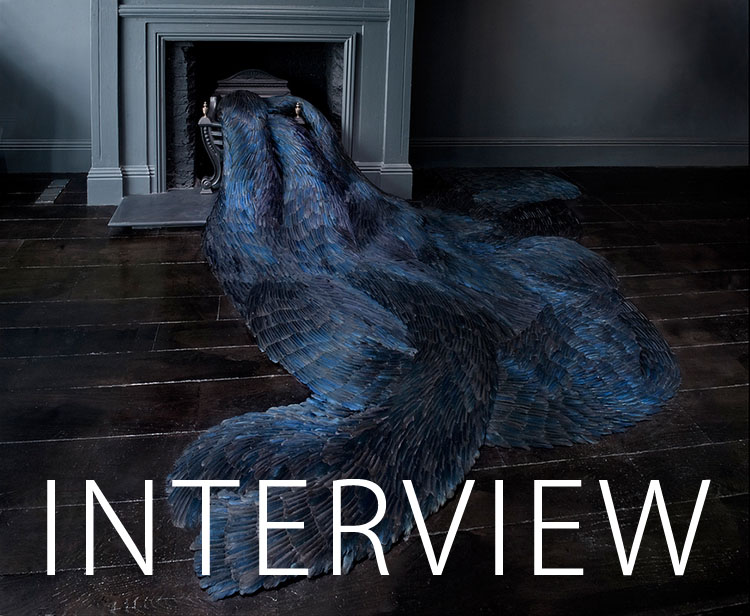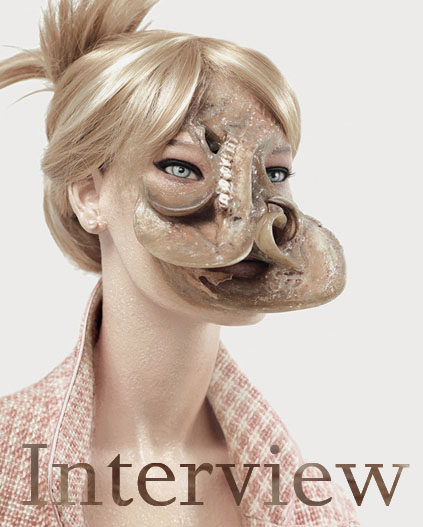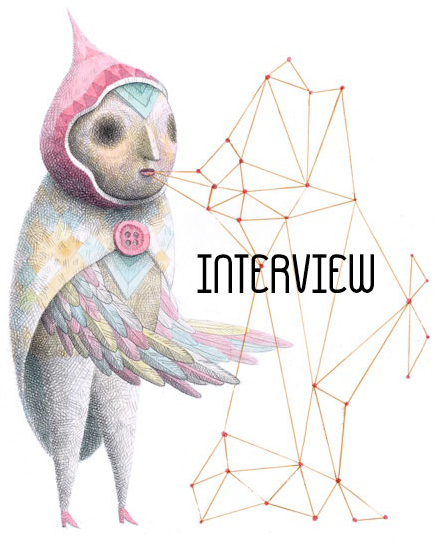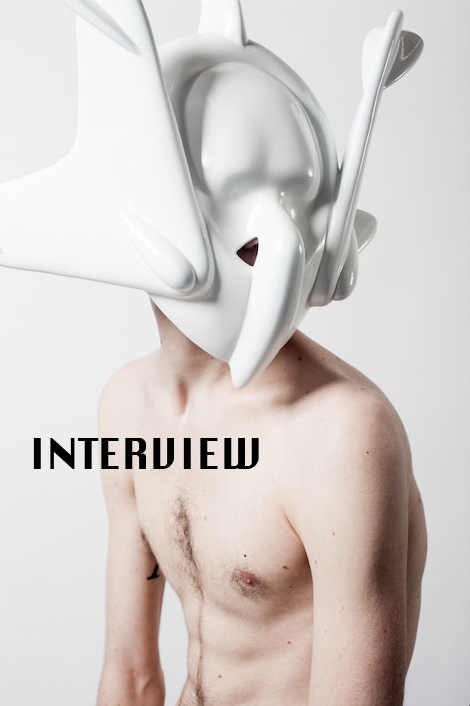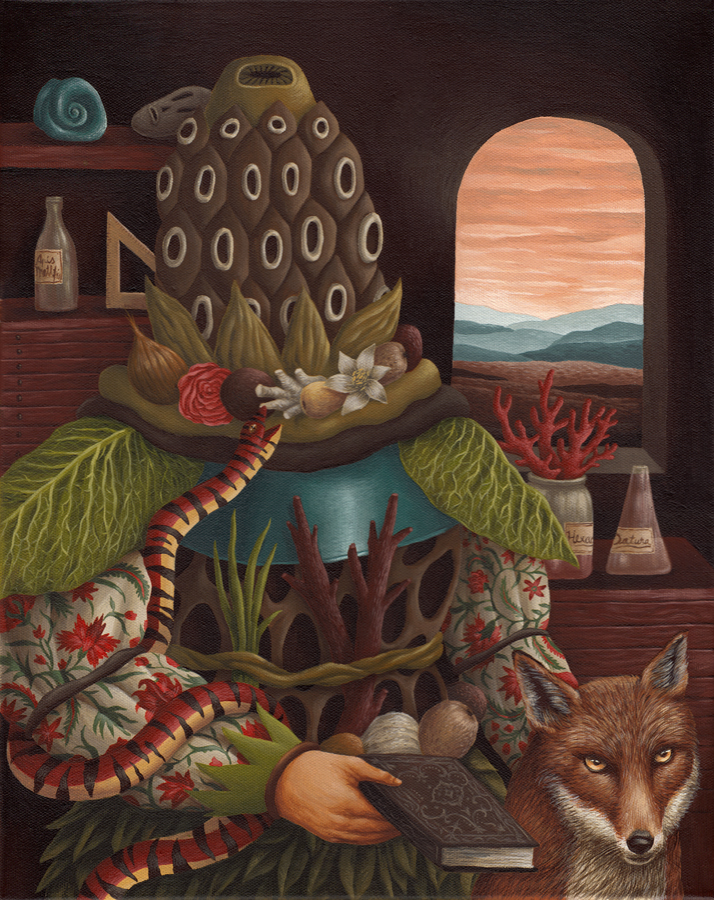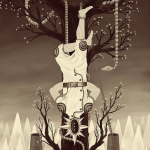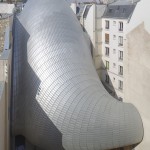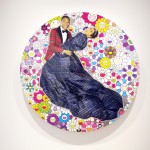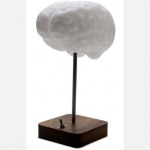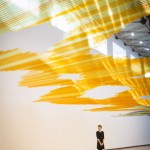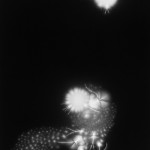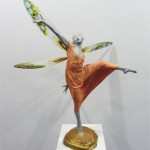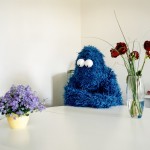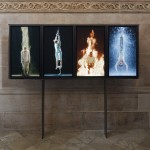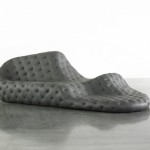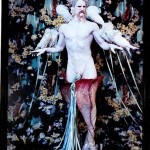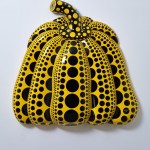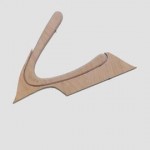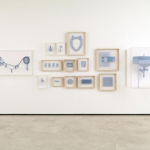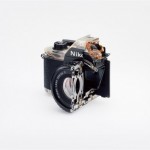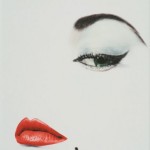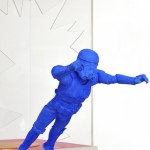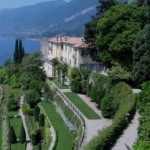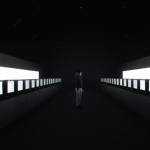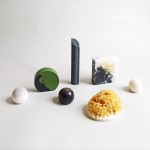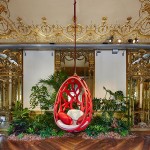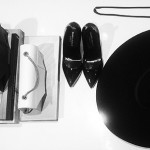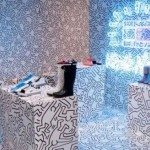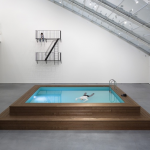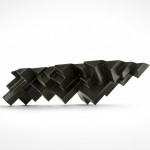INHALE is a cultural platform where artists are presented, where great projects are given credit and readers find inspiration. Think about Inhale as if it were a map: we can help you discover which are the must-see events all over the world, what is happening now in the artistic and cultural world as well as guide you through the latest designers’ products. Inhale interconnects domains that you are interested in, so that you will know all the events, places, galleries, studios that are a must-see. We have a 360 degree overview on art and culture and a passion to share.

FARHAD MOSHIRI
“FLOAT”
September 4 – October 4, 2014
Galerie Perrotin, New York presents Float, the fourth solo exhibition by Farhad Moshiri and the Iranian artist’s first solo exhibition with the gallery in New York.
This new body of work articulates Moshiri’s multifaceted approach to art and the ideas that inform it. If on the one hand, the concept of floating is an indicator of Moshiri’s proclivity for exploring different art genres and media, on the other hand it communicates his desire to escape reality as we know it to seek
shelter in a fantasy world, where the absence of conventional rules and the possibility of repositioning existing elements in a new light can result in the creation of a parallel dimension where freedom is the only master.
Art has a long-standing tradition of attempts to channel the creative process through the establishment of alternative worlds, but whereas in most cases this vision is translated into macroscopic epic ventures, Moshiri’s world manifests itself in a quieter, subtler fashion, spreading hints and signals while moving across a wide board that sees the artist engaged in a dialogue with an extremely rich vocabulary. Equally at ease with so-called high-brow and low-brow references, including Pop art, conceptual art, comics, advertising, classic portraiture, and religious iconography, Moshiri’s composite language is primarily a reflection of the different cultures that defined his growth as a human being and as an artist – a conflict that is still very much present today in contemporary Iran’s society, where Moshiri resides, and where the pillars that supported a secular civilization are subjected to daily reviews, questions and contaminations dictated by the inevitable progress of modern life. This factor, coupled with Moshiri’s attendance of the California Institute of Arts in the mid 1980s, where he first came to contact with other major unorthodox reality makers like Michael Asher, John Baldessarri and Don Buchla, and the opportunity he had over the past decade to witness the quick evolution of Dubai into the global, high-rise city it is today on the other side of the Persian Gulf, explains why Moshiri’s
artistic strategy relies almost entirely on his observation and collection of these extremes and their amalgamation into a larger scenario he constructed himself. This is particularly exemplified in a work like “I Scream Float” (2014), where a set of falling ice creams are juxtaposed to the pale black and white
depiction of a murder scene, as if the artist is publicly ordering his materials to challenge preconceived notions.
Punctuated by humorous puns such as in “Travelers” (2014) where two lions pose quietly with “I wish we could travel” and “If we had a credit card we could travel the world” in Persian script embroidered with beads, or introspective moments, like the retro-flavored portrait of a woman holding a book in
“Falling to Sleep” (2014) and the pensive girl sitting next to the cut-out of a flower pot in “Drift” (2014), Moshiri’s paintings come across as the proverbial calm before the storm when put next to their explosive counterparts, like “Falling Star” (2014) or the powerful three-dimensional “Knives on White Frosting” and “Wooden Knives on Yellow” (both 2014). The monochrome backgrounds pierced by blades, while resembling healing practices like acupuncture, also symbolize a frictional relationship with abstraction – the bastion of modernism whose quest for the removal of ornamentation and imagery surprisingly resonates with some of the basic principles of religious fundamentalism.
Lost in their thoughts, Moshiri’s characters, like his falling stars and knives, are floating, ultimately sharing the predominant sentiment expresses by their author in their constant search for a place they can call their own.
Text by Michele Robecchi
via perrotin.com


